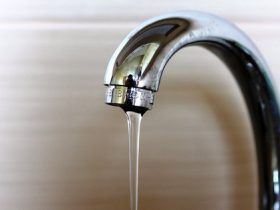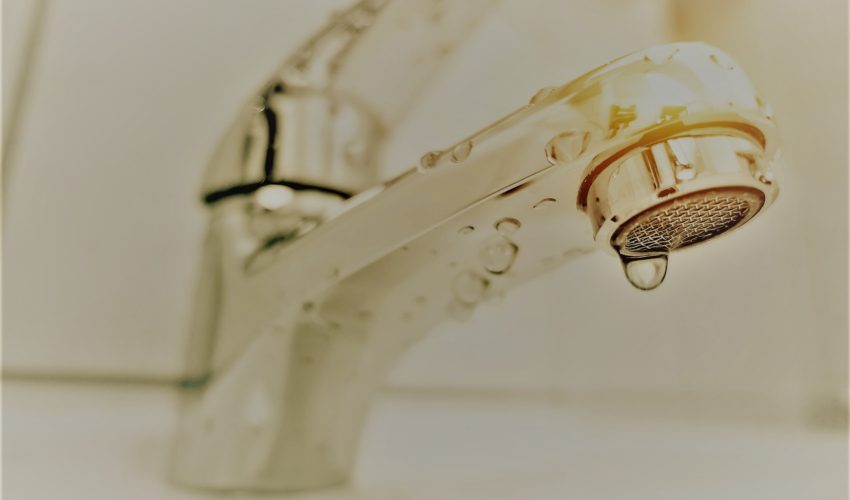We have noticed this post involving Dealing with Low Water Pressure in Your Home directly below on the web and reckoned it made perfect sense to talk about it with you on this page.

Low water stress in your house can be an irritating trouble, influencing everything from showering to washing meals. If you're experiencing weak water circulation, there are a number of feasible reasons and services to discover. In this overview, we'll talk about typical factors for low tide pressure and sensible steps to deal with the issue effectively.
Intro to Low Water Stress
Low tide pressure happens when the flow of water from your taps, showers, and various other fixtures is weak than common. This can make day-to-day jobs extra tough and much less efficient. Recognizing the sources of low water stress is essential to locating the right service.
Typical Sources Of Low Water Stress
Pipeline Obstructions
With time, pipes can end up being clogged with mineral deposits, sediment, or debris, restricting the circulation of water. This is a typical problem in older homes with galvanized steel pipes.
Deterioration
Deterioration within pipelines can result in leaks and lowered water pressure. Corrosion buildup can tighten water flow, particularly in maturing plumbing systems.
Faulty Pressure Regulatory Authorities
Pressure regulators are responsible for preserving regular water pressure in your house. If they malfunction, it can lead to low tide stress or uneven flow throughout your home.
Metropolitan Supply Of Water Issues
Occasionally, the trouble lies outside your home. Municipal supply of water problems, such as main line leaks or maintenance work, can briefly decrease water pressure in your area.
Just How to Diagnose Low Water Stress
Examining Faucets and Components
Beginning by evaluating the water pressure at different faucets and fixtures throughout your home. If the issue is isolated to specific areas, it may suggest localized problems.
Checking Pipelines
Inspect noticeable pipelines for indicators of leaks, rust, or obstructions. Take note of any kind of uncommon noises, such as knocking or rattling pipelines, which could indicate problems within the plumbing system.
Consulting with a Plumber
If you're unable to identify the reason for low tide pressure, think about working with a professional plumber to perform an extensive inspection. They can identify underlying problems and advise appropriate services.
Do It Yourself Solutions to Deal With Low Tide Stress
Cleaning Aerators and Showerheads
Mineral deposits can build up in aerators and showerheads, minimizing water circulation. Get rid of and cleanse these parts regularly to improve water pressure.
Flushing Hot Water Heater
Debris build-up in the water heater can restrict circulation and decrease efficiency. Purging the tank occasionally assists remove sediment and preserve optimum efficiency.
Checking Stress Regulator
Make sure that the pressure regulatory authority is functioning appropriately. Adjusting or replacing the regulatory authority can assist bring back appropriate water pressure throughout your home.
Clearing Up Clogs in Pipeline
For minor clogs, attempt using a plumbing snake or chemical drainpipe cleaner to clear obstructions in pipes. Beware when making use of chemicals and follow safety and security standards.
When to Call a Specialist Plumber
If do it yourself initiatives fall short to solve the concern or if you believe considerable plumbing problems, it's ideal to look for aid from an accredited plumber. They have the expertise and tools to attend to intricate concerns securely and successfully.
Preventive Measures to Preserve Water Pressure
Regular Maintenance
Set up routine upkeep for your plumbing system to stop issues such as corrosion, leaks, and obstructions. Resolving minor problems early can help stay clear of more significant repairs later.
Installing a Stress Booster
Take into consideration setting up a stress booster pump to boost water stress in areas with continually low circulation. This can be especially useful for multi-story homes or homes with high-demand fixtures.
Surveillance Water Usage
Bear in mind water use habits and avoid ill-using the plumbing system. Basic modifications, such as staggering showers and washing lots, can assist keep appropriate water pressure.
Conclusion
Managing low water pressure can be irritating, but recognizing the underlying reasons and executing appropriate options can recover optimal flow throughout your home. Whether it's cleaning aerators, inspecting pipes, or speaking with a plumber, taking positive steps can make certain a steady supply of water for your everyday demands.
FOUR WAYS TO FIX LOW WATER PRESSURE NOW
Turning on a shower or faucet only to find the water comes out in a sad, slow drizzle is never a good feeling. How exactly are you supposed to wash a pan or take a quick shower when it takes 10 minutes just to rinse off a little soap? The good news is that when your water pressure is bad, there's always a cause: typically one that can be easily fixed. Here are some of the most common causes of low pressure and what you can do to fix the issue:
DEBRIS AND MINERAL DEPOSIT BUILDUPS
If you notice low water pressure from just one or two of the fixtures in your house, the problem likely has to do with debris buildup. Water is full of minerals and other debris, all of which can accumulate in your pipes and on your fixtures. This can cause a blockage that affects how much water flows through. To fix this, try filling a small plastic bag with white vinegar, and use a rubber band to hang it around your showerhead or faucet. Let the head of the fixture soak for a few hours, and the vinegar should loosen the deposits.
WATER LEAKS
Leaks are another common cause of low water pressure. If water is flowing out of your plumbing through a hole or crack before it can reach your fixture, the pressure coming out of the faucet or showerhead will be lower. A plumbing professional is your best bet for finding and repairing a leak in your water supply pipes.
Leaks are another common cause of low water pressure. If water is flowing out of your plumbing through a hole or crack before it can reach your fixture, the pressure coming out of the faucet or showerhead will be lower. A plumbing professional is your best bet for finding and repairing a leak in your water supply pipes.
FOUR WAYS TO FIX LOW WATER PRESSURE NOW
Turning on a shower or faucet only to find the water comes out in a sad, slow drizzle is never a good feeling. How exactly are you supposed to wash a pan or take a quick shower when it takes 10 minutes just to rinse off a little soap? The good news is that when your water pressure is bad, there's always a cause: typically one that can be easily fixed. Here are some of the most common causes of low pressure and what you can do to fix the issue:
DEBRIS AND MINERAL DEPOSIT BUILDUPS
If you notice low water pressure from just one or two of the fixtures in your house, the problem likely has to do with debris buildup. Water is full of minerals and other debris, all of which can accumulate in your pipes and on your fixtures. This can cause a blockage that affects how much water flows through. To fix this, try filling a small plastic bag with white vinegar, and use a rubber band to hang it around your showerhead or faucet. Let the head of the fixture soak for a few hours, and the vinegar should loosen the deposits.
WATER LEAKS
Leaks are another common cause of low water pressure. If water is flowing out of your plumbing through a hole or crack before it can reach your fixture, the pressure coming out of the faucet or showerhead will be lower. A plumbing professional is your best bet for finding and repairing a leak in your water supply pipes.
Leaks are another common cause of low water pressure. If water is flowing out of your plumbing through a hole or crack before it can reach your fixture, the pressure coming out of the faucet or showerhead will be lower. A plumbing professional is your best bet for finding and repairing a leak in your water supply pipes.
A VALVE ISSUE
If you have low water pressure throughout your home, check your main shut-off valve to make sure it's completely open. You may also want to see if there's a pressure-reducing valve installed. If there is, have a plumber help you adjust the settings to get the pressure you're looking for.
OTHERS USING WATER
Believe it or not, your low water pressure could be caused by your neighbors. If you notice low pressure at certain times of day, it may be because you and the people living next to you have similar schedules - when everyone is showering at the same time, the pressure will be lower in every home. Low pressure throughout the neighborhood may also be caused by an issue with your municipal water supply. If that's the case, call the supplier to see if they're working on the issue.
https://www.rotorooter.com/blog/water-leaking/low-water-pressure-fixes/

Hopefully you enjoyed reading our topic about 10 Reasons for Low Water Pressure in Your House. Thanks a ton for taking a few minutes to browse our posting. I beg you take the opportunity to distribute this blog if you enjoyed it. We treasure reading our article about 9 Reasons for Low Water Pressure in Your House.
Click Here